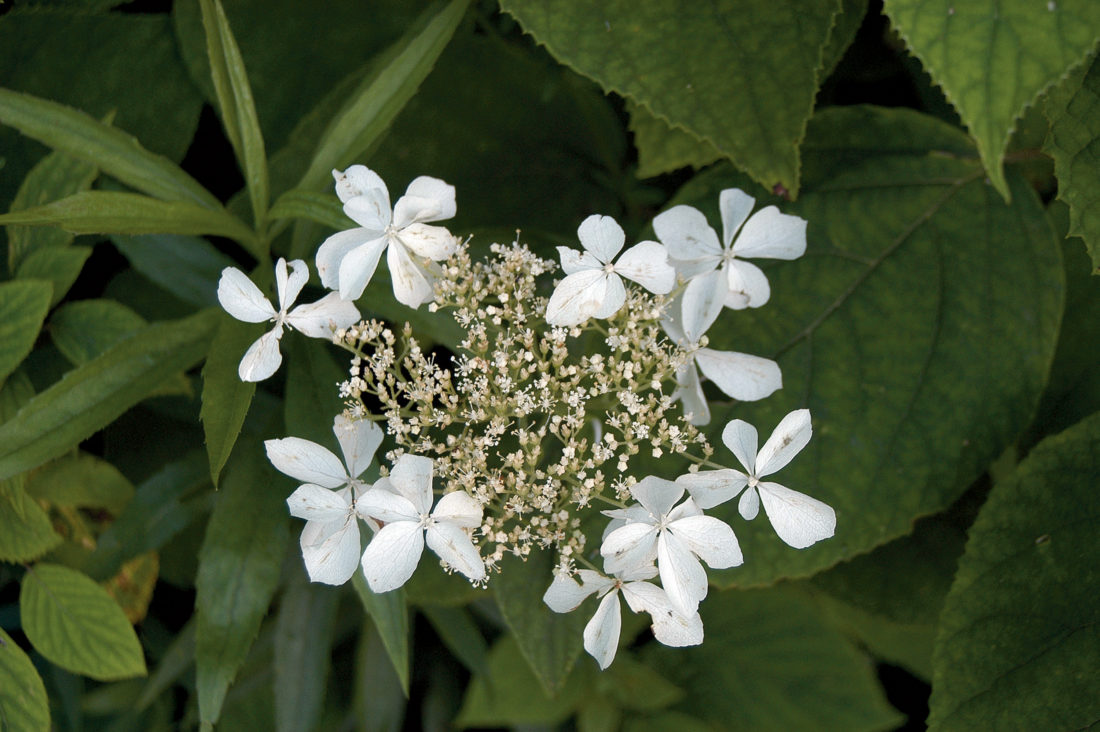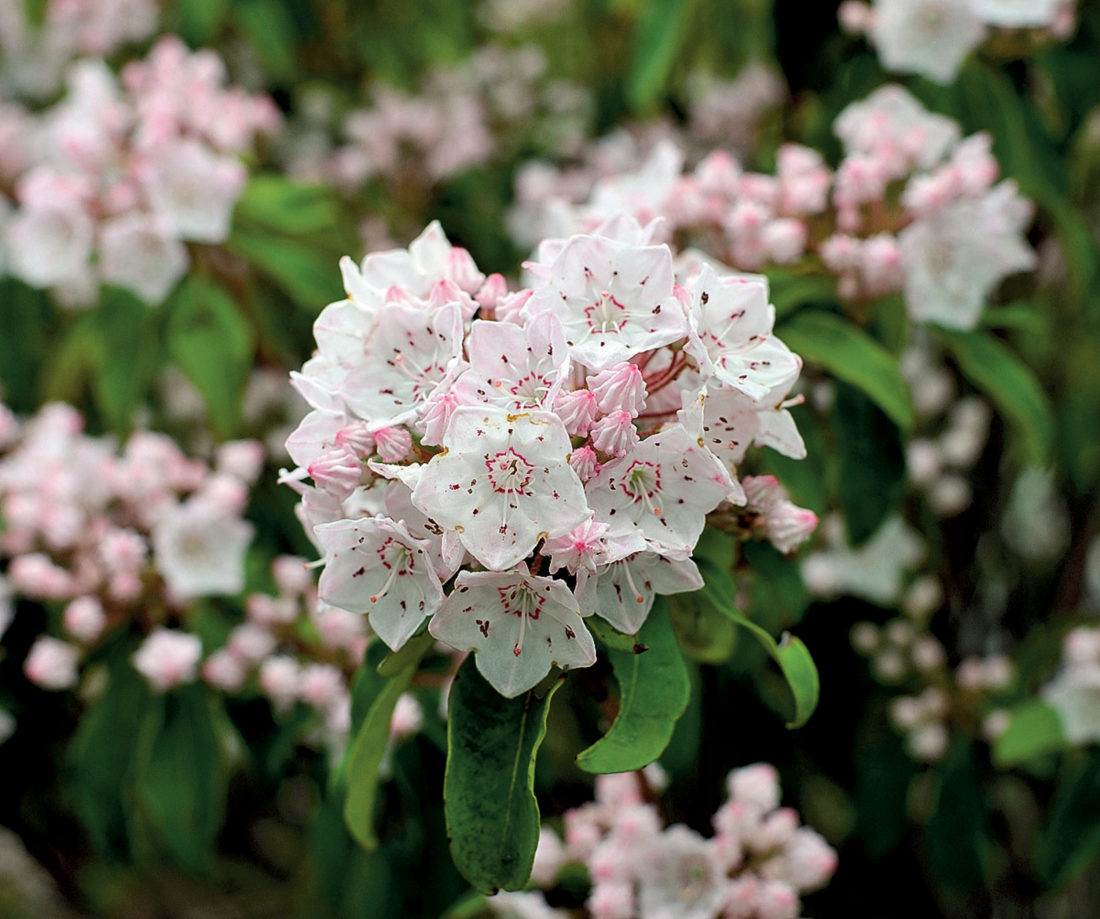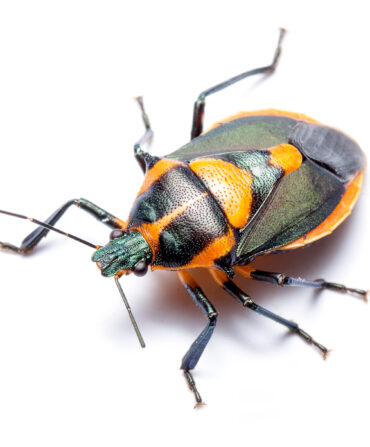“I’ve traveled all over the world, and there is no place to compare to the southern Appalachians,” muses Robert Balentine. And certainly no place quite like Balentine’s Southern Highlands Reserve. Assembled over the last nine years, the Reserve’s 120 acres make up a remarkable private retreat and nature preserve, native plant arboretum, and research center, a place lauded by land conservationists and studied by botanists, biologists, and horticulturists.
Cloaking the top of Toxaway Mountain outside of Cashiers, North Carolina, the retreat protects a suite of rare habitats found at an elevation of 4,500 feet. High-elevation granitic domes are home to red and chestnut oaks. Cliffs are clad with sundews, club mosses, and Appalachian shoestring fern. And the Reserve protects one of the largest known natural stands of rare pinkshell azaleas, hundreds of hybrid azaleas, and scores of native wildflowers.
Born and raised in Atlanta, Balentine, fifty-three, is the co-founder of Balentine & Company, which had grown to be the largest independently owned investment counseling firm in the Southeast when Balentine sold the firm to the Wilmington Trust in 2002. Shortly before, Balentine, and his wife, Betty, started buying property on Toxaway Mountain. “Our three children were little,” Balentine says, “and we realized they rarely saw a salamander or a turtle or had the opportunity to experience a truly wild place. We were determined to change that.”

Photo: John Turner, Southern Highlands Reserve
The seven-ring Wildflower Labyrinth.
It certainly wasn’t the upbringing Balentine had. Gardening is woven into his DNA. Both parents were award-winning horticulturists—his father a rosarian, his mother a well-known dried-flower arranger—and they put him to work in the backyard gardens. “Growing up, my summers consisted mostly of digging holes,” he says, laughing. “On one side of the yard was a rose garden, and on the other a vegetable garden. By the time I left home, I’d dug so many holes they just about met in the middle.”
Now, after two decades of a business life that left little time for gardening, Balentine is back to digging in the dirt. The Balentines spend three weekends a month at the Reserve and employ a staff of naturalists, horticulturists, and artists to nurture twenty-two acres of formal gardens and a surrounding natural woodland. But it’s not all about natural beauty. Researchers have raised red spruce seedlings at the Reserve, a tree critical for the future of the endangered Carolina northern flying squirrel, and studied ways of staving off the exotic diseases that are decimating hemlock populations across the country. And twelve months a year, the Balentines are nurturing horticultural interests across the South. Robert is founding president of the board of the Southeastern Horticultural Society, while Betty is president of the Peachtree Garden Club, the oldest garden club in Atlanta.
Photo: John Turner, Southern Highlands Reserve
Mountain laurel.
1 of 5
Photo: John Turner, Southern Highlands Reserve
A shaded walkway through the Wooded Glade.
2 of 5
Photo: Jamey Guy
Southern Highlands Reserve founder Robert Balentine and his wife, Betty.
3 of 5
Photo: John Turner, Southern Highlands Reserve
Native pinkshell azaleas.
4 of 5
Photo: John Turner, Southern Highlands Reserve
Blue Ridge Eden
Vaseyi Pond.
5 of 5
That kind of dedication to conservation makes it impossible to walk more than a few steps at the Southern Highlands Reserve without feeling a sense of Balentine’s intimate relationship with his land. “Gardening is the slowest of the performing arts,” he says. “I’m interested in evoking an emotional response in the here and now, yes. But these elements will also inspire in three years, ten years, thirty years.”
He stops for a moment, then laughs. “And what’s really funny is this: I hated gardening as a kid.”













